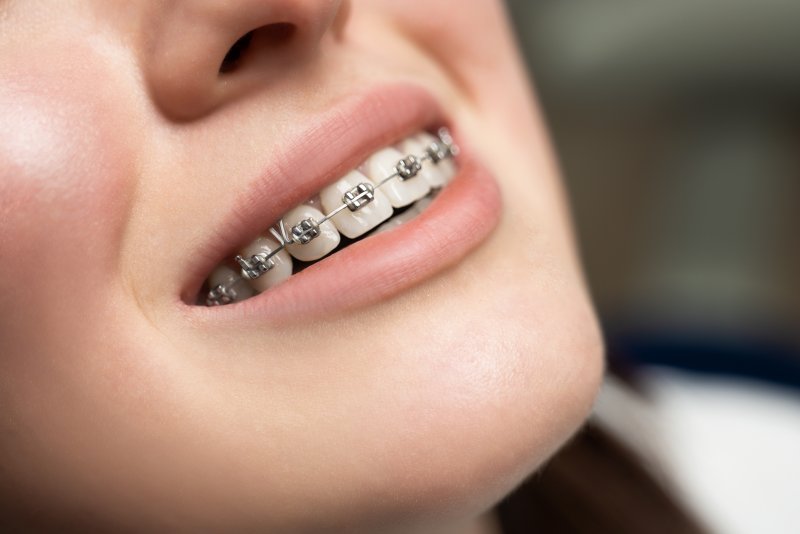
Orthodontic treatment requires you to make a lot of decisions. From the type of braces you choose to wear to the budget you must adhere to, you may begin to think about ways to achieve dramatic results without the hefty price tag. Before you start to think about treating only one arch as opposed to both, read on to discover why it’s not recommended by orthodontists.
Treating Only One Arch Can Delay Results
Whether you want to straighten your upper row of teeth or the bottom, choosing one instead of both can lead to more serious problems down the road.
Crooked teeth that begin to move into alignment may appear straighter and more visually appealing; however, if the other arch is not also treated, it can cause unevenness in your bite. This can lead to jaw pain, difficulty eating, and other similar issues (i.e., overbite, underbite, crossbite, open bite, etc.).
Maximum Results Can Only Be Achieved with Complete Treatment
Only by wearing braces on the top and lower row of teeth will you notice a significant difference in how your bite and teeth come together and begin to function. Your ability to eat and speak will drastically improve, as will your confidence when smiling.
The important thing to remember is that addressing issues in both arches at the same time will give you the best chance to develop a cohesive, fully functional, and aesthetically pleasing smile.
You’ll Improve More Than Just Your Physical Appearance
Although many people assume braces are only used to improve a person’s appearance, they do far more than that. When placed on both arches, you’ll begin to notice a change in the way you perform daily tasks. No longer will there be greater pressure in certain areas of your smile. Instead, you’ll appreciate the more comfortable and healthier results achieved by your metal braces.
If only one arch is addressed, your smile could appear uneven and continue to cause problems that negatively affect recently treated teeth.
It might seem like a great way to save money and time, but cutting corners with orthodontic treatment is never a good idea. Instead, let a trusted orthodontist evaluate your smile and make the appropriate recommendation so that you can be on your way to a healthier, stronger, and more functional set of teeth.
About the Author
Dr. Aaron DeMaio is a trusted orthodontist who completed his dental degree at the University of Connecticut School of Dental Medicine before going on to pursue orthodontic training at the Tufts-New England Medical Center in Boston. As a valued professional at Treehouse Orthodontics, he aims to create cohesive, functional, and beautiful smiles using high-quality metal braces and more. He’ll discuss your options for treatment, so visit our websiteor call one of our offices to speak to a member of our team.
